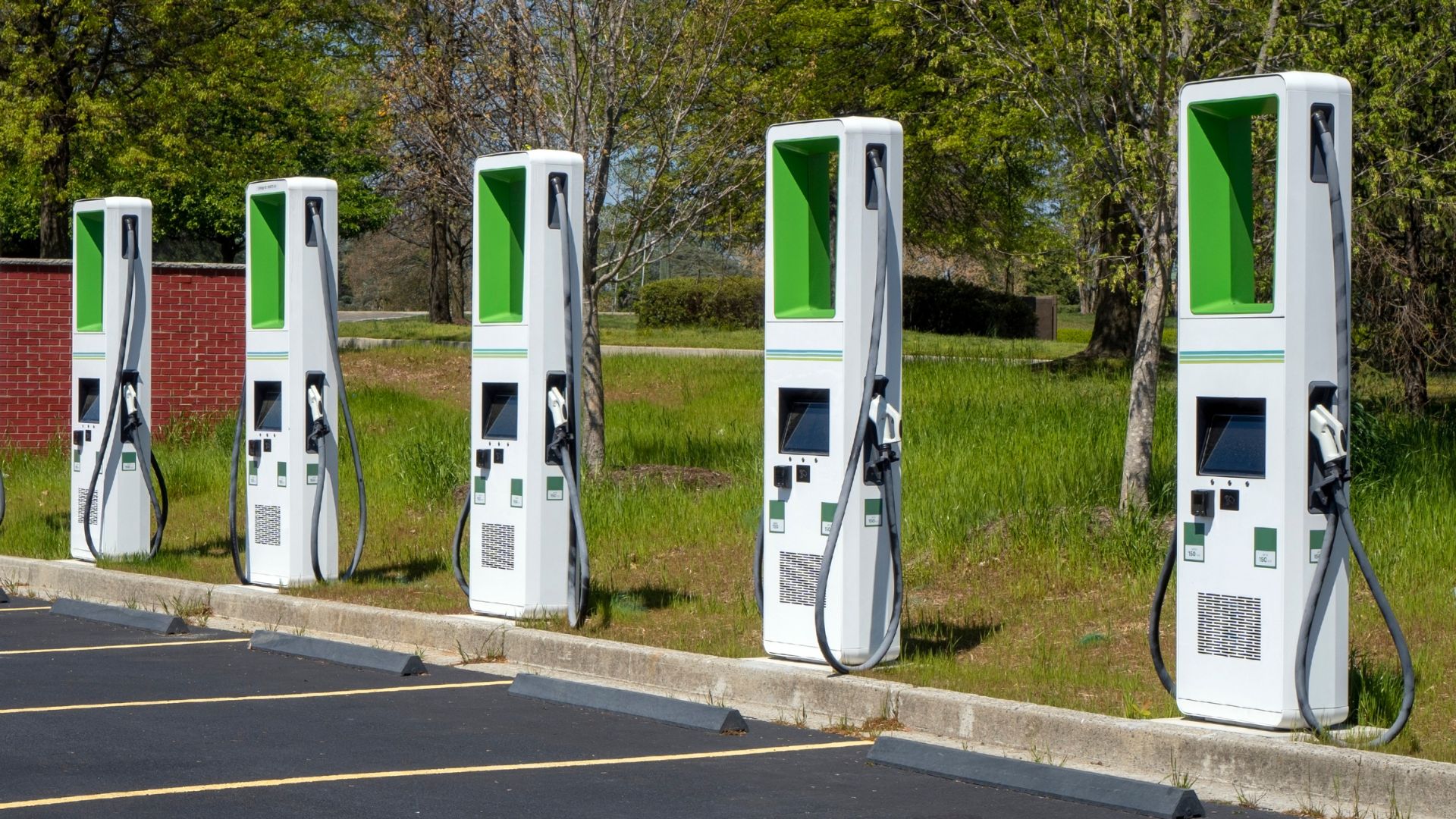Rome wasn’t built in a day, and a massive national infrastructure project to build out a network of Alternative Fuel Corridors across the country is no different. In general, infrastructure projects involve many stakeholders, include many complex steps and milestones, and can get hung up at any number of points throughout the project.
Over 57,000 public infrastructure investments resulted from the passage of the Bipartisan Infrastructure Law (BIL). The project list is broad. Among other things, it includes installing wastewater systems, building out broadband, replacing aged gas pipelines, supporting resilience projects, enhancing public transportation, fortifying the electric grid, upgrading railways, and constructing roads and bridges. While different sectors are seeing varying amounts of federal infrastructure funding awarded, there has been steady progress.
The vast majority of bridges, roadways, pipelines, and broadband projects are still in the planning process. We dove into the spreadsheet of projects publicly available on the invest.gov website to get a timeline for how long infrastructure projects take to complete. While we didn’t review all 57,000 projects, we researched one bridge in Connecticut slated for replacement with funding through the BIL. After some digging, we found that it is expected to be completed in 2029.
Infrastructure buildout is slow, and EV charging is no different.
Federal Planning–Standing up the Joint Office
It would be risky to embark on a $5 billion endeavor without planning. Because this massive transportation electrification project is the first of its kind, and because the law mandated it, the Federal Government had to bring the Department of Energy and the Department of Transportation together to address both the transportation and electricity elements of these projects. The Joint Office, was created with staff from both departments. Experts were hired, processes were developed, and resources–including a website– were created.
State Planning
Each state and territory was required to file a plan for creating alternative fuel corridors to receive funding. To do this, states collected information from diverse stakeholders through engaging communities, coordinating state agencies, and consulting utilities, municipalities, and businesses. The Joint Office then reviewed and approved all of the state plans.
Federal Rulemaking
The Bipartisan Infrastructure Law (BIL) that authorized the NEVI program required a federal rulemaking process to establish minimum standards and requirements for the program to ensure that the $5 billion would create a national charging network that would be effective, efficient, and would meet the needs of EV drivers for years to come. While states were developing plans, program requirements were being finalized.
State Funding
Once plans were accepted and standards finalized, the federal government began distributing money to states. Many states had to adapt their processes to account for the close coordination between their Departments of Transportation and Energy on these charging construction projects. According to Atlas EV Hub, as of May 6th, over $300 million had been awarded by 20 states through the NEVI program.
The Construction Process
Once the states issue funding to selected contractors, the construction process can begin with land acquisition, engineering, design, permitting, utility coordination and infrastructure upgrades (sometimes slowed by supply chain disruptions), construction, installation, and charger completion and activation.
Given all of the planning and processes necessary, it is phenomenal to see a handful of states have NEVI chargers up and running. Now that the structure and processes are established, we look forward to seeing an acceleration of NEVI stations coming online over the coming months.

